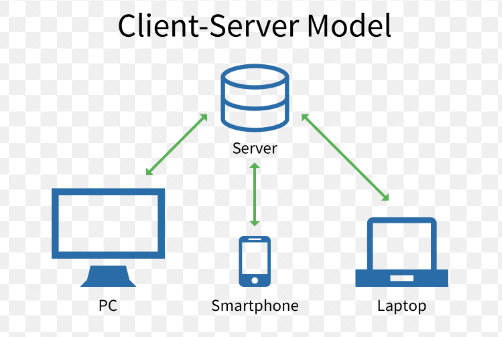
Ethereum Node Connectivity: Establishing Network Resilience
With all the ever increasing popularity of cryptocurrencies, it is important to have a great grasp of methods distinct computerized foreign currencies along with their primary sites function. Ethereum is a this sort of system which has grabbed the attention of technician enthusiasts, designers, and traders all across the globe. Nonetheless, to leverage the complete probable of Ethereum, it’s vital that you know the way nodes operate on the Ethereum network. This guide aims to supply a thorough outline of Ethereum node operation.
What is an Ethereum Node?
An ethreum node is essentially a part of the spread network that is mainly responsible for synchronizing and validating deals and intelligent deals. It is a software program that runs on a user’s device and joins to the Ethereum system through the internet. Nodes are categorized into two categories: Complete Nodes and Light Nodes, and both assist different reasons.
Complete nodes:
Whole nodes around the Ethereum group will be the backbone from the community. They retail store every one of the purchase information, intelligent deal rule, and also the newest status from the Ethereum blockchain. Complete nodes call for high storage and recollection solutions to perform correctly. By using a full node supplies the maximum degree of protection while interacting with the Ethereum community.
Light-weight nodes:
Light nodes, also known as fast sync nodes, operate by accessing certain parts of the Ethereum blockchain information through pre-existing whole nodes around the group. They generally do not keep the complete blockchain data, causing them to be a lot less safe compared to total nodes. Lighting nodes require significantly less storage space and are simpler to put in place, causing them to be an excellent selection for newbies.
How to put together an Ethereum Node?
Establishing an Ethereum node is just not as challenging as it can appear to be. To create a node, first you need to decide on whether you would like to make use of a total or even a light-weight node. Then you will want to download and use a appropriate Ethereum customer like Geth, Parity, or OpenEthereum. Upon having set up your client that you pick, you can then commence syncing together with the Ethereum group.
Syncing using the Ethereum Network:
Syncing your node with the Ethereum network will take anywhere from a few momemts to several time, according to the type of node you may have preferred as well as the speed of the connection to the internet. As soon as your node is synced and connected to the Ethereum network, it can be used to send out or obtain transactions, deploy and connect to smart deals, and in many cases mine Ethereum.
Dealing with your Node:
Managing your Ethereum node is essential to make sure optimum efficiency and stability. Typical upkeep jobs for example cleaning the blockchain info and changing the client variation might help maintain your node operating proficiently. A number of resources such as Etherchain, EtherScan, and MyEtherWallet can be used to keep track of your node’s performance and deal with it remotely.
short:
As you can see, learning how Ethereum node operations works is important for anyone seeking to connect to the Ethereum network. Knowing the differences between total nodes and light-weight nodes, how to create your node, syncing your node with the network, and controlling your node are important steps towards understanding Ethereum. Following the methods defined with this manual, you will be better willing to interact with the Ethereum community and discover its potential.